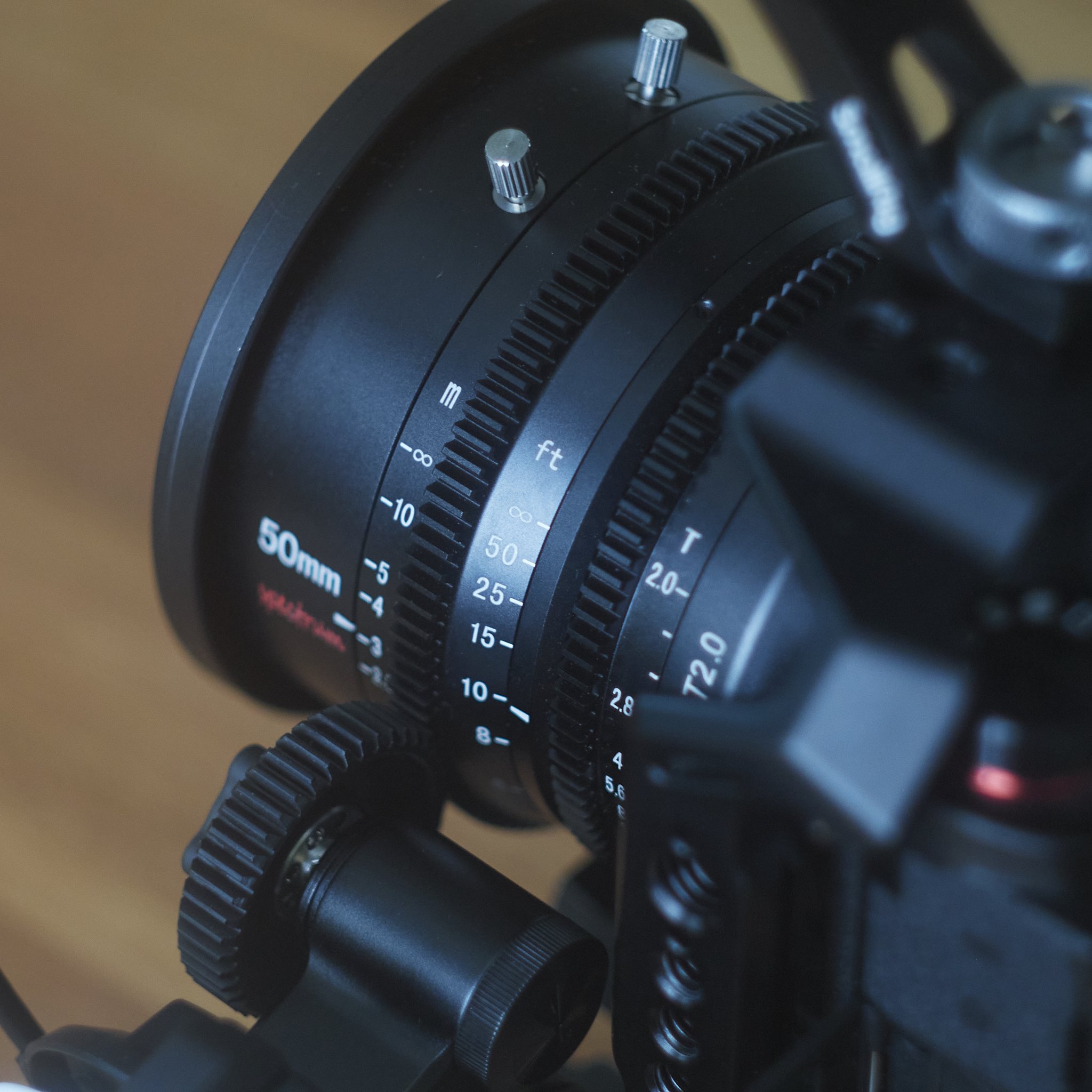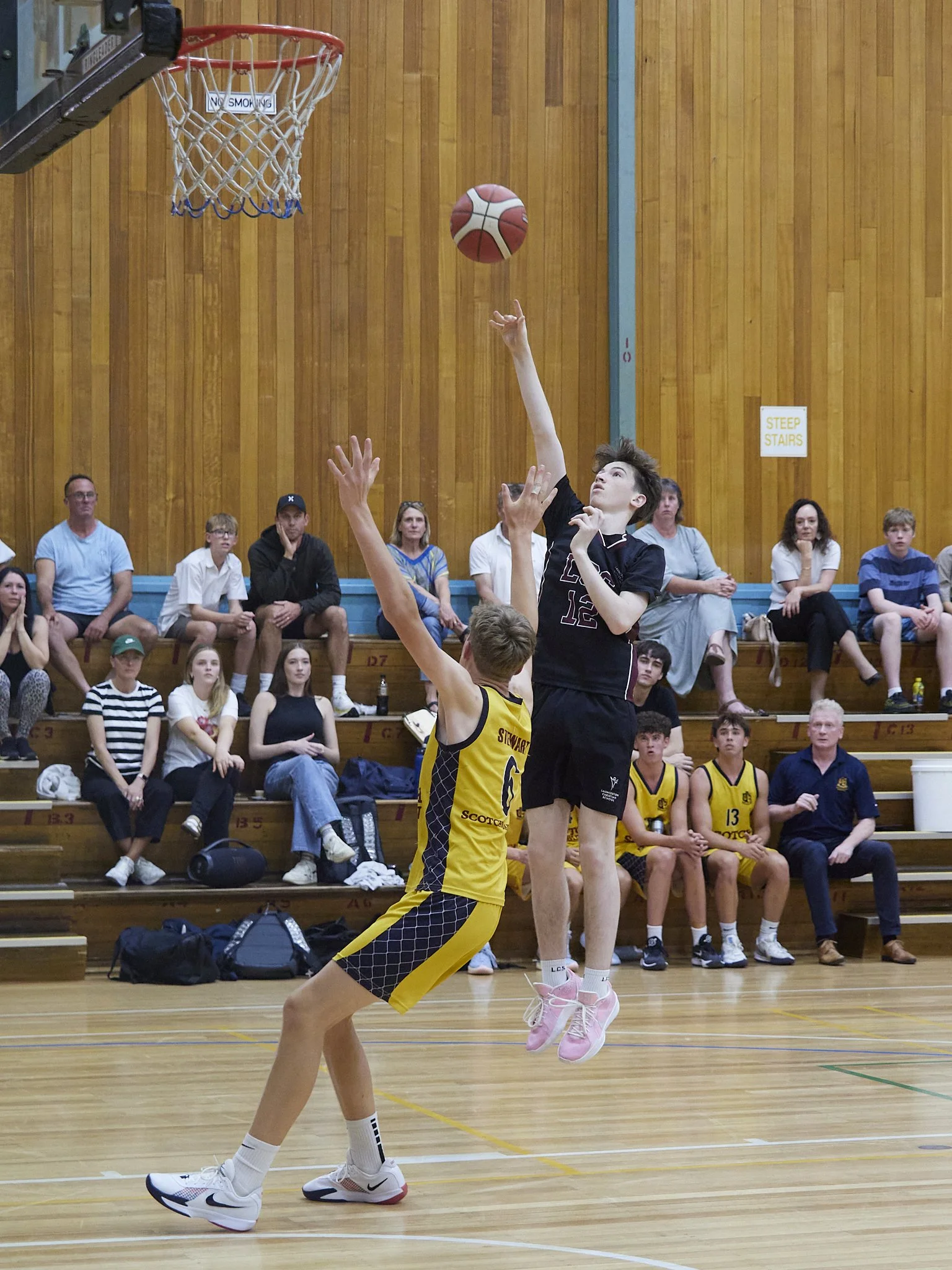When I went to the news paper I was issued with the holy trinity (wide, standard and tele f2.8 zoom lenses) and a monster 400 f2.8.
To be honest, it left me cold.
I had a decent portfolio of photo successes, from social events to candid travel to sports of all kinds.
I felt tsome pressure from regressing to DSLR cameras, heavy full frame lenses, vision black-out and lag. I gave it a decent go, testing my gear against the issued kit regularly and found to my surprise, the following.
When compared to the EM1x, the DSLR’s (D750, D500) felt slow and unreliable in focus aquisition, in part down to older, but not old lens designs, in part to the limitations of DSLR tech. They were perfectly usable, I was just aware of the process (slight lag, some noises) and missed occasionally used advantages like face detection were absent.
The lenses were sharp as expected, but head to head, my M43 lenses matched them, usually beat them in the corners wide open, which makes sense as Olympus and Panasonic/Leica are no mugs and the M43 format was in part chosen to make lens design easier.
The 300mm in particular is possibly the best 300 on the market, because Olympus knowns it will fill the role of the FF 600mm. It is the flagship, not just the medium grade filler of other ranges.
With football (any type), I could hand hold my 600mm, switching easily to my slung 80-300, or even a wide angle if required from a handy sling bag. With one camera and lens across my body on a Black Rapid strap and the tele zoom (40-150 f4 or 2.8) on a second body on my shoulder, I can cover the kick and the resulting mark either way it goes.
The flip side of this story is I have easy access to lenses the full frame users do not. The 150 f1.8 (75mm) that I can drop into a pocket is all I need for small court sports.
Cropped from a 75mm f1.8 image at ISO 3200 in the gloomy school gym (gets enough natural light for viewers so they leave the lights off).
The sensor sizes is where most assume the gap will widen.
Not so.
Within the parameters of what is needed in real world situations, assuming sports events are not held in coal mines with lights out, or situated half a km away, even the relatively dated EM1x sensor can always provide sharp, clean, colourful files, enough to match the full frame shooters, or at least come within the “same-same” range of other variables.
My comfortable working range is up to ISO 6400, higher is possible with an extra post processing step using ON1 NoNoise and to be clear, I am aiming for noiseless, clear, sharp and colourful images.
Not a sunny day in the tropics, this was a gloomy indoor aquatic centre on a lousy day (my regular challenge), hand held, shot between the legs of the officials standing on the blocks at ISO 6400, 300mm f4 about 1/500th.
Another from the same day.
The math of 1/500th or more at ISO 6400 with ISO 12,800 usable using f1.8 to f4 on 150-600mm lenses and still with a decent crop allowance, is the outer limit of what is ever needed. If my sensor is pushed, the lens magnification advantage often evens things out.
Sitting next to a full frame Nikon user with 500 f4, I managed to dodge the sprinklers that came on randomly, help him move when it rained and could travel from one end of the ground to another with little issue. He was seated and not moving (unless getting wet). The submitted file above was already a 50% crop from an ISO 3200 file, the one below was also possible.
I ran it through ON1 No Noise (2022), but nothing else.
The 40-150 f2.8 at national grade basketball. I have dozens of these, all bright clean and sharp.
At the near end, the 12-40 f2.8 is plenty.
The flip side of the sensor is weight, or more specifically, the lens speed to magnification to weight ratios. It did not go unnoticed by the other togs at the paper that I was mobile and angle versatile, able to react to changing conditions, shift positions, lie down, climb up, run after, work long stretches and avoid the dreaded seat many use, while matching them for results.
Which means when the action gets close, I do not have to find a home for my monster 5-600mm FF tele, I can even run the side line or go infield during breaks without putting anything down. The reality is, often these togs just leave their multi thousand dollar brute unattended while they chase shots across the field.
The system, both brands, offer a wide variety of lenses, no less than ten lenses in the mid-tele range, all decent, some spectacular.
Caught on a normal day, with only my little 40-150 f4 and a well worn EM1 Mk2, I had little trouble capturing the images needed, even getting a rare front page for sport. The one above happened within seconds of walking in the gate.
Reach speed and quality all in a daily carry lens.
At the other end of the range, the ridiculously light 9mm Leica, held one hand and manually focussed at about 3 feet and f2.8 captured plenty of crisp detail from the back of a moped.
Getting the wicket was easy enough, capturing the batsman with the full innings relevance came down to a hand zoom on a second camera.
I remember one of the other togs amazed at raindrops captured by his kit. How about sweat droplets?
Being light and fast allows for many random candids.
I could even get into pit lane and mingle without attracting attention.
Other advantages more aligned to just the brand and the cameras themselves are instant feedback and reaction time. I shoot single files, never bursts, because well, I can. I see what is coming, shoot to miss the best moment and get what I expect.
Most of my cricket images including dismissals are a matter of “if I do not see it, I caught it”.
I remember many years ago shooting single frames with a manual focus film camera (no winder). It was a matter of anticipating what was going to happen in about a second from now. These days it feels more like a nano-second.
My last day at the paper had me at a local cricket final. Under time pressure the game was slow and painfully one sided, but I still got the decisive moment thanks to responsive and powerful gear.
Then there is the very real advantage of extra depth of field.
M43 adds two stops of depth for the same reach as full frame which is to say, a 300mm behaves like a 300mm, even if it has the reach of a full frame 600mm. Sme complain about the lack of super shallow depth of field in m43 images, but it is rare to find a sports or news shooter who would turn their noses up at more depth for free.
Silent shooting and light weight (kit grade) lenses I can carry all day help with some sports. The face and club head are sharp even wide open.
I have heard all the arguments for full frame over M43, but the reality is, the savings in weight (about half), cost (about a quarter), versatility and comfort well outweigh the negatives of perceived small sensor short comings, that are mostly fictitious.
Processing is bridging gaps, real world needs are more easily met than hypothetical maximums and even when given the option, this photographer is more than happy to stick with M43 even to cover national grade events (and I own full frame gear now).









































































































































